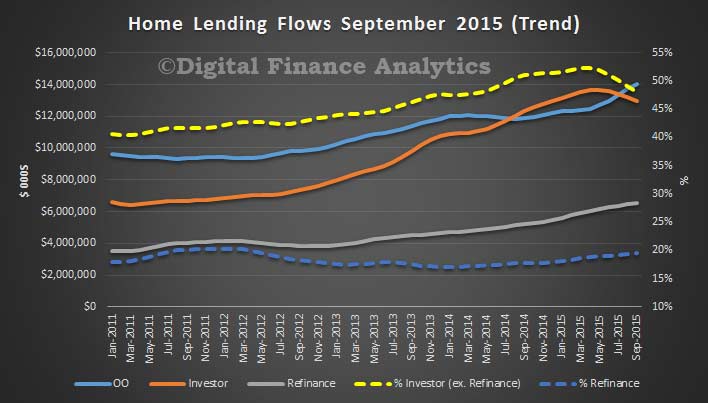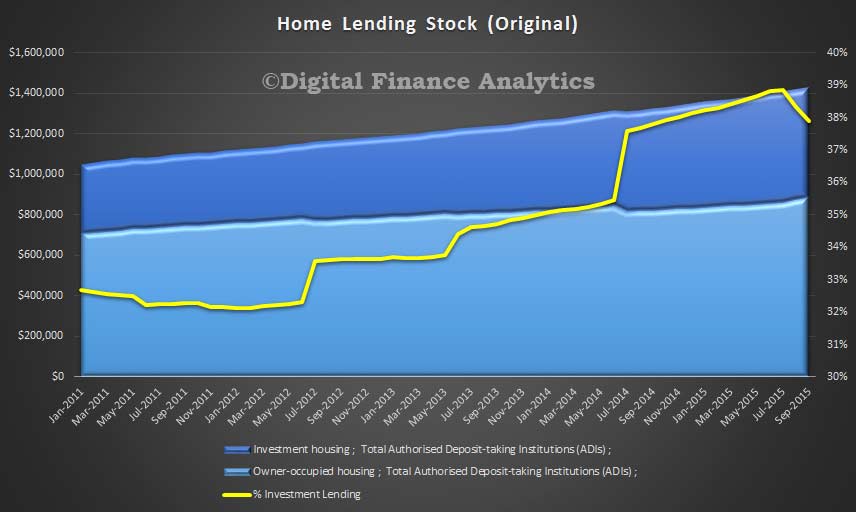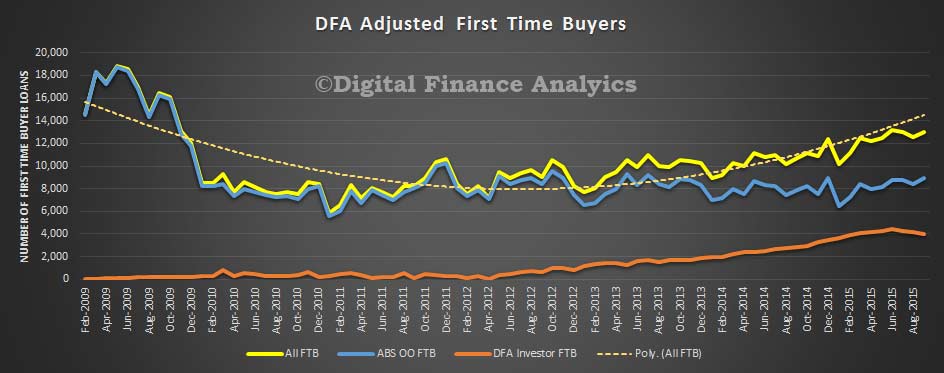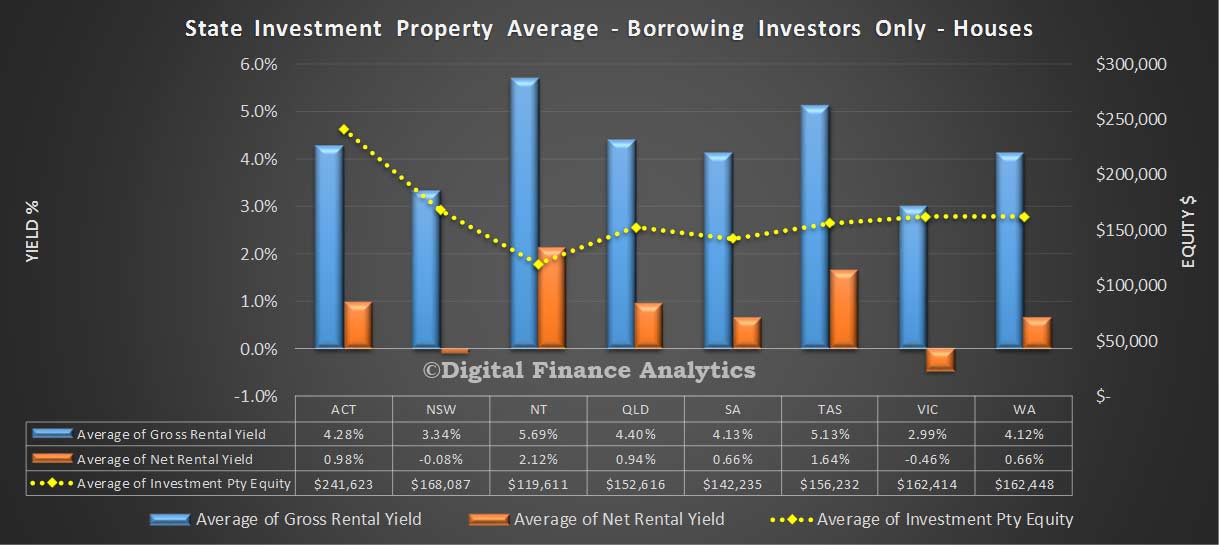The “shadow banking system” worth at least $36 trillion in 2014 globally, can broadly be described as “credit intermediation involving entities and activities (fully or partially) outside the regular banking system” or non-bank credit intermediation in short. Such intermediation, appropriately conducted, provides a valuable alternative to bank funding that supports real economic activity. But experience from the crisis demonstrates the capacity for some non-bank entities and transactions to operate on a large scale in ways that create bank-like risks to financial stability (longer-term credit extension based on short-term funding and leverage). Such risk creation may take place at an entity level but it can also form part of a chain of transactions, in which leverage and maturity transformation occur in stages, and in ways that create multiple forms of feedback into the regular banking system.
The Financial Stability Board has been established to coordinate at the international level the work of national financial authorities and international standard setting bodies and to develop and promote the implementation of effective regulatory, supervisory and other financial sector policies in the interest of financial stability. It brings together national authorities responsible for financial stability in 24 countries and jurisdictions, international financial institutions, sector-specific international groupings of regulators and supervisors, and committees of central bank experts.
The FSB is chaired by Mark Carney, Governor of the Bank of England. Its Secretariat is located in Basel, Switzerland, and hosted by the Bank for International Settlements. Their latest reports address the future regulation of shadow banking.
- Progress report on Transforming Shadow Banking into Resilient Market-based Finance: This report sets out actions taken to implement the FSB’s two-pronged strategy to address financial stability concerns associated with shadow banking over the past year, and next steps.
- Global Shadow Banking Monitoring Report 2015: This report presents the results of the FSB’s fifth annual monitoring exercise to assess global trends and risks of the shadow banking system, reflecting data as of end-2014. It covers 26 jurisdictions and the euro area, representing about 80% of global GDP and 90% of global financial system assets.
- Regulatory framework for haircuts on non-centrally cleared securities financing transactions: This report finalises policy recommendations in the framework for haircuts on certain non-centrally cleared securities financing transactions published in October 2014 to apply numerical haircut floors to non-bank-to-non-bank transactions and update the implementation dates of these recommendations. The framework aims to address financial stability risks in securities financing transactions.
In addition, in the coming days, the FSB will publish Standards and processes for global securities financing data collection and aggregation.
The reports published today mark further progress in the FSB’s two-pronged strategy in the following three ways that are in accordance with the actions and deadlines set out in the updated Roadmap towards strengthened oversight and regulation of shadow banking endorsed by the G20 Leaders at the Brisbane Summit in November 2014.
First, with regard to system-wide monitoring to track developments in the shadow banking system, the FSB has introduced this year a new activity-based “economic function” approach in its annual monitoring (ref. (ii) above). The approach helps narrow the focus to those parts of the non-bank financial sector where shadow banking risks may arise and may need appropriate policy responses to mitigate these risks. The first results of this approach, which will be further refined going forward, suggest:
- The new activity-based, narrow measure of shadow banking was $36 trillion in 2014, increasing by $1.1 trillion compared to 2013. This is equivalent to about 30% of the overall non-bank financial sector assets and 60% of the GDP of the 26 participating jurisdictions.
- The shadow banking activity based on this narrow-measure largely occurred in advanced economies, although growth is rapid in a number of emerging market economies. Credit intermediation associated with collective investment vehicles comprised 60% of the narrow aggregate and has grown by nearly 10% on average annually over the past four years.
- In 2014, the wider aggregate comprising “Other Financial Intermediaries” in 20 jurisdictions and the euro area grew to reach $80 trillion, from $78 trillion in 2013. This wider measure outpaced growth in other categories of financial intermediation and the overall economy.
Second, there has been further progress this year to strengthen oversight and regulation of shadow banking, particularly in the area of securities financing. With the publication of the final standard, the regulatory framework for haircuts on non-centrally cleared securities financing transactions is complete, with the scope extended to cover securities financing between non-banks (ref. (iii) above). The standards and processes for global securities financing data collection will increase the transparency of these important financing markets.
Third, the implementation of previously agreed policies is progressing. It is essential for the agreed policies to be implemented in a timely manner, and the FSB, in coordination with the relevant standard-setting bodies, will continue to monitor the national implementation of agreed policies to ensure they achieve the intended objectives. Since shadow banking activities take a variety of forms and continue to evolve, FSB members are also mindful of the need to periodically review the agreed policies.
Mark Carney, Chair of the FSB said “Non-bank financing is a welcome additional source of credit to the real economy. The FSB’s efforts to transform shadow banking into resilient market-based finance, through enhanced vigilance and mitigating financial stability risks, will help facilitate sustainable economic growth”.
Glenn Stevens, Chair of the FSB Standing Committee on Assessment of Vulnerabilities said “The annual shadow banking monitoring exercise is an important mechanism for identifying potential financial system vulnerabilities in the non-bank sector. The activities-based approach in this year’s report enhances our understanding of the evolving composition of this sector and potential risks”.
Daniel Tarullo, Chair of the FSB Standing Committee on Supervisory and Regulatory Cooperation said “The extension of the scope of the securities financing regulatory haircut floor framework to cover transactions between non-banks will limit regulatory arbitrage and prevent the build-up of excessive leverage and liquidity mismatch in the non-bank financial system”.
















